Cisco Releases Staggering Web Traffic ProjectionsCisco Releases Staggering Web Traffic Projections
IP traffic will nearly triple by 2020, driven by more than 1 billion new internet users and 10 billion new devices and connections over the next few years, according to the latest update to the Cisco Visual Networking Index.
June 10, 2016

Already have an account?
Cisco Releases Staggering Web Traffic Projections
IP traffic will nearly triple by 2020, driven by more than 1 billion new internet users and 10 billion new devices and connections over the next few years.
That’s according to the latest update to the Cisco Visual Networking Index, released this week.
It’s not just smartphones and tablets. The adoption and deployment of machine-to-machine connections will have a huge impact on traffic growth, the networking giant says in its report.
Applications such as video surveillance, smart meters, digital health monitors and a host of other M2M services are creating new network requirements and incremental traffic increases. Globally, M2M connections are expected to grow nearly three-fold, from 4.9 billion in 2015 to 12.2 billion by 2020, representing nearly half (46 percent) of total connected devices.
Video services and content continue to dominate the landscape. Internet video will account for the lion’s share of internet traffic by 2020. The world will reach a staggering 3 trillion Internet video minutes per month by 2020.
Security concerns are becoming top-of-mind, says Cisco. The company collaborated with Arbor Networks to help quantify the current and future threats of DDoS (distributed denial of service) attacks. Their analysis suggests that these types of breaches can represent up to 10 percent of a country’s total Internet traffic while they are occurring. Over the next five years, DDoS attacks are projected to increase from 6.6 million to 17 million attacks.
“The digital transformation is happening now for billions of consumers and businesses users across the globe,” said Doug Webster, vice president of service provider marketing, Cisco. “Innovation is imperative for Cisco and its service-provider customers to deliver scalable, secure, high-quality services and experiences over all types of broadband network infrastructures.”
Follow senior online managing editor Craig Galbraith on Twitter.
Cisco’s Visual Networking Index: Web Traffic Projections
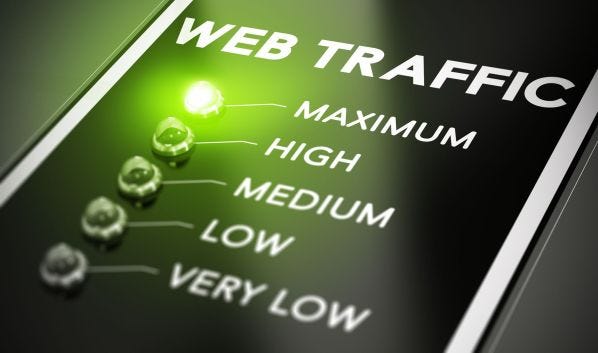
Cisco predicts global IP traffic to be 194.4 exabytes per month by 2020, compared to 72.5 exabytes per month in 2015. The global annual run rate will reach 2.3 zettabytes by 2020, up from 870 exabytes last year.
A zettabyte is equal to 1 trillion gigabytes. For perspective, 2.3 zettabytes is equivalent to 33 hours of ultra HD video stream per day for every person on earth.
Regionally, the biggest growth in IP traffic is expected in the Middle East and Africa. Asia Pacific will account for the most exabytes (67.8) of traffic per month by 2020. An exabyte is equal to 1 billion gigabytes.
Cisco’s Visual Networking Index: IPv6
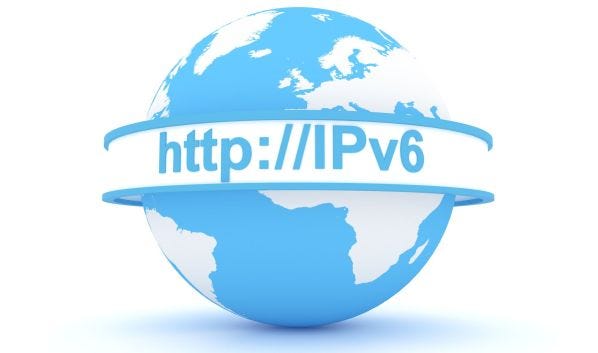
The adoption of internet protocol version 6 (IPv6) is supporting global digitization in a big way, Cisco found.
More than 48 percent of all fixed– and mobile-networked devices and connections will be IPv6-capable by 2020, the networking giant predicts. That’s up from 23.3 percent last year. More than one-third (34 percent) of total global internet traffic will be IPv6-driven four years from now, Cisco’s VNI says.
IPv6 traffic will grow by a factor of 16 from 2015 to 2020, a CAGR of 74 percent.
Cisco’s Visual Networking Index: Fixed Broadband Speeds
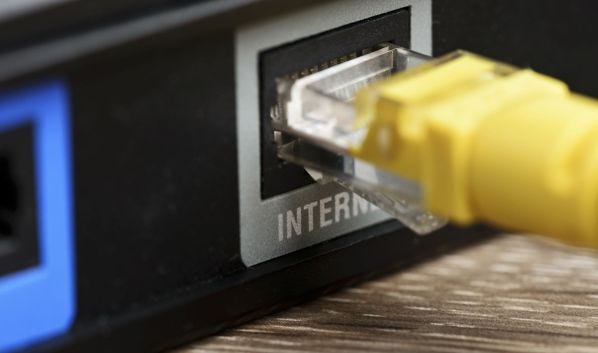
Look for fixed broadband speeds to nearly double, from 24.7 Mbps in 2015 to 47.7 Mbps by 2020.
Cisco’s Visual Networking Index: Smartphone Traffic

Smartphone internet traffic will blow past traffic on PCs.
By 2020, Cisco’s VNI reports, 71 percent of total IP traffic will originate from non-PC devices — not just smartphones and tablets, but smart televisions. That compares to 47 percent in 2015.
Cisco says smartphones alone will be the source of more web traffic (30 percent) in 2020 than PCs (29 percent).
Cisco’s Visual Networking Index: Video

Cisco says video will continue to dominate internet traffic, increasing fourfold between 2015 and 2020.
Look for video to be 82 percent of consumer internet video traffic by 2020, up from 68 percent last year. In business, the number rises from 44 percent to 66 percent.
Video surveillance traffic nearly doubled in the past year and will increase by a factor of 10 four years from now. Virtual-reality traffic quadrupled in the past year and will grow by a whopping 61-fold by 2020, Cisco says.
Cisco’s Visual Networking Index: Service Adoption Trends

Service adoption trends across residential, consumer mobile and business include:
Gaming will be the fastest growing residential internet service, Cisco predicts, growing from 1.1 billion users last year to 1.4 billion in 2020.
Mobile location-based service (LBS) will be the fastest growing consumer mobile service. Cisco expects it to grow from 807 million users in 2015 to more than 2.3 billion four years from now.
Expect video conferencing to be the fastest growing business Internet service, up from 95 million users last year to 248 million in 2020.
Cisco’s Visual Networking Index: Global Wi-Fi Expansion
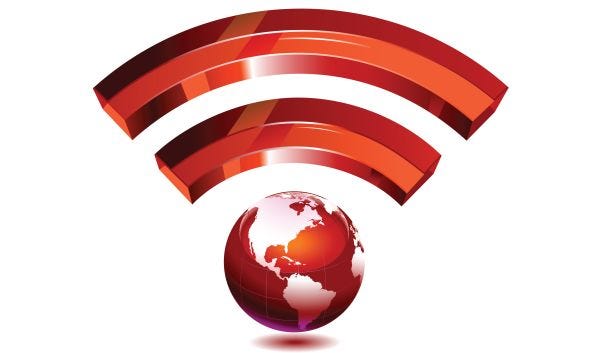
Wi-Fi hotspots will be all the rage around the world over the next several years. Cisco says total public hotspots, including those in the home, will grow by a factor of seven between 2015 and 2020 (64 million to 432 million).
Home spots will rise from 57 million to 423 million.
Cisco says expanded Wi-Fi access will offer scaling and optimization opportunities for network operators (think mobile offload, ubiquitous VoWiFi, smart cities, connected transportation and related IoT strategies). The trend also enhances quad-play capabilities and provides additional access for TV Everywhere services.
There obviously are expanded channel-partner opportunities here as well.
Cisco’s Visual Networking Index: Mobile vs. Fixed Networks

The shift toward mobility definitely is on.
Cisco says that last year, Wi-Fi and mobile-connected devices generated 62 percent of internet traffic. Of that, the majority (55 percent) was over Wi-Fi, with the rest (7 percent) over cellular.
By 2020, that number jumps from 62 percent to 78 percent (Wi-Fi, 59 percent; cellular, 19 percent).
Cisco Visual Networking Index: Methodology
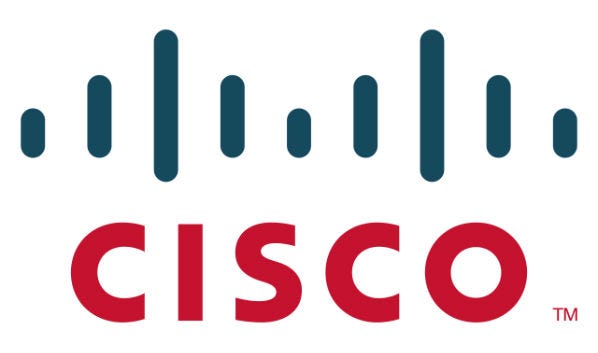
Just where does Cisco get its numbers?
The company’s Global IP Traffic and Service Adoption Forecasts for 2015 to 2020 rely upon independent analyst forecasts and real-world network usage data. Upon this foundation are layered Cisco’s own estimates for global IP traffic and service adoption.
National governments, network regulators, academic researchers, telecommunications companies, technology experts and industry/business press and analysts rely on the annual study to help plan for the digital future, Cisco says.
Cisco Releases Staggering Web Traffic Projections
Please click here for more Channel Partners galleries.
Read more about:
AgentsAbout the Author
You May Also Like


